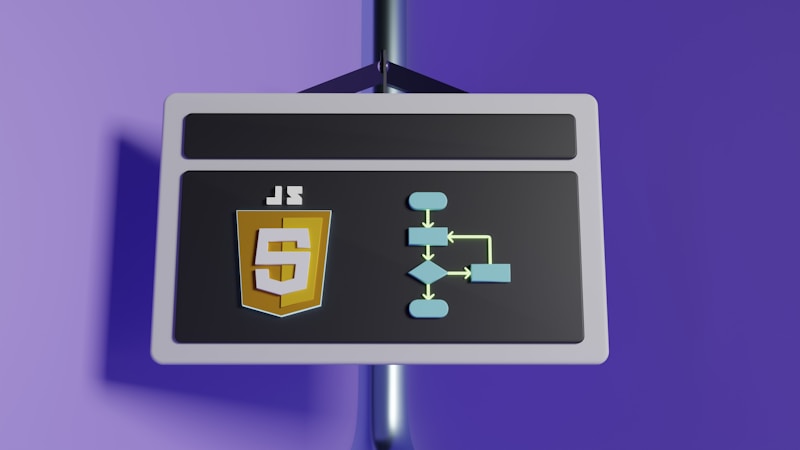Athul Santhosh
Technical Architect & DevOps Engineer
Published on January 15, 2025
Implementing Zero-Downtime Deployments with Kubernetes
As businesses increasingly rely on digital services, maintaining application availability during updates has become critical. Zero-downtime deployments ensure that your users experience no service interruption while you roll out new features, bug fixes, or security updates.
The Challenge of Traditional Deployments
Traditional deployment strategies often involve taking your application offline, updating it, and bringing it back online. This approach, while simple, creates service interruptions that can:
Kubernetes Rolling Updates: The Foundation
Kubernetes provides built-in support for rolling updates through its Deployment resource. Here's how to configure a robust rolling update strategy:
▶Key Configuration Parameters
maxUnavailable and maxSurge: These parameters control how aggressively Kubernetes updates your pods:
- maxUnavailable: Maximum number of pods that can be unavailable during the update - maxSurge: Maximum number of pods that can be created above the desired replica count
For maximum availability, set maxUnavailable: 0 and maxSurge: 1.
▶Health Checks: Your Safety Net
Proper health checks are crucial for zero-downtime deployments:
Readiness Probes: - Determine when a pod is ready to receive traffic - Prevent traffic routing to pods that aren't ready - Essential for rolling updates
Liveness Probes: - Detect when a pod is unhealthy and needs restart - Prevent traffic from being sent to broken pods
Advanced Strategies
▶Blue-Green Deployments
For even more control, implement blue-green deployments where you maintain two identical production environments and switch traffic between them.
▶Canary Deployments
Gradually roll out changes to a subset of users, monitoring metrics and gradually increasing traffic to the new version.
Monitoring and Rollback
Always monitor your deployments and be prepared to rollback:
- Check rollout status regularly - Have automated rollback triggers - Monitor key application metrics
Best Practices
1. Always use health checks - They're your first line of defense 2. Test your deployment strategy - Practice in staging environments 3. Monitor key metrics - Response times, error rates, resource usage 4. Have a rollback plan - Automate the rollback process 5. Use feature flags - Decouple deployment from feature release
Real-World Implementation
At Syook, we implemented this strategy for our IoT platform, reducing deployment downtime from 15 minutes to zero. Here's what we learned:
- Start with conservative maxUnavailable and maxSurge values - Implement comprehensive health checks early - Monitor application metrics during rollouts - Automate the entire process through CI/CD pipelines
Conclusion
Zero-downtime deployments with Kubernetes are not just possible—they're essential for modern applications. By leveraging rolling updates, proper health checks, and advanced deployment strategies, you can ensure your users never experience service interruptions during updates.
The key is to start simple with rolling updates and gradually adopt more sophisticated strategies as your needs grow. Remember, the goal is not just zero downtime, but confident, reliable deployments that your team can execute without fear.
Ready to implement zero-downtime deployments in your environment? Start with the basic rolling update configuration and iterate from there. Your users (and your sleep schedule) will thank you.
Found this article helpful?
Share it with your network and help others learn these DevOps best practices.
